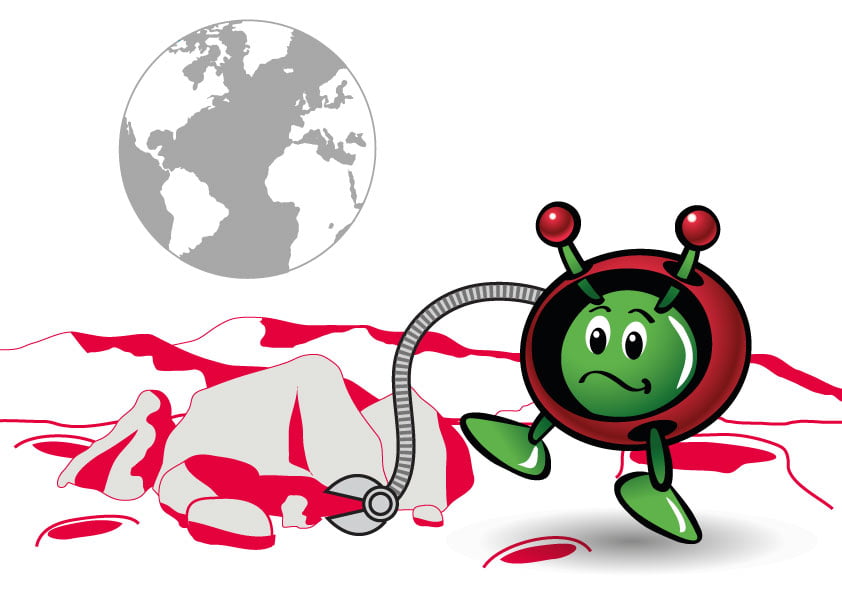Robotic Arm – Become a space engineer for a day
In this activity, students will learn how their arm works and build a robotic arm inspired on it.
Students will understand the different functions of bones and muscles.
They will build and test a model robotic arm and understand why a robotic arm is a very important tool in space.
Learning Objectives:
Age range:
8-12 years old
Time
Lesson: 60 minutes
Resource available in:
Activity 1: How does our arm work?
In this activity, pupils will learn how the arm works and why robotic arms are useful tools.
Equipment
Activity 2: Build your robotic arm
In this activity, pupils will build their own robotic arm and use it to perform different tasks and test its functionality in different situations.
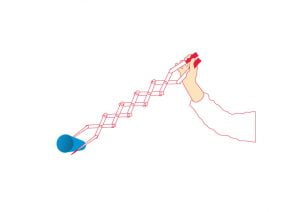
Equipment
Did you know?
ESA astronaut Thomas Pesquet took this photo from the International Space Station and said that “the robotic arm is one of the most essential parts of the International Space Station and is used for every capture and berthing of supply spacecaft”.
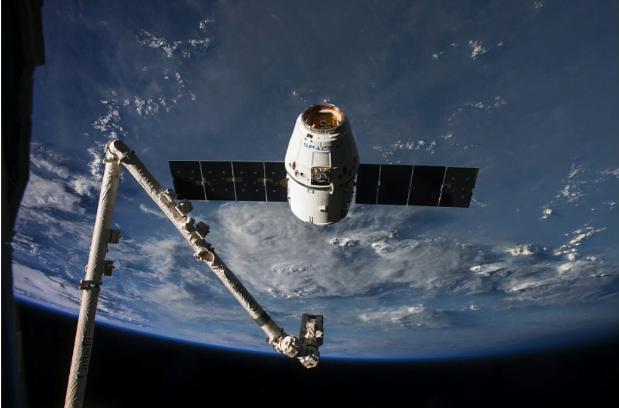
The European Robotic Arm (ERA) aboard the ISS
Keywords:
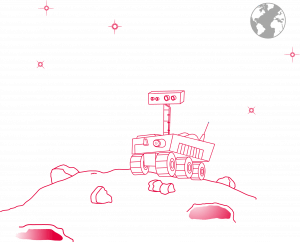
Moon Rover – Building a solar powered rover
Brief description: In this activity, students will compare the advantages and disadvantages of renewable energy sources and non-renewable energy sources and study simple electrical circuits.
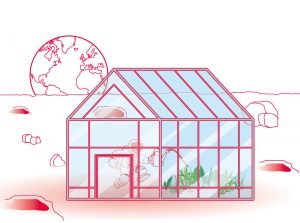
AstroCrops – Growing plants for future space missions
Brief description: In this set of activities, students will build an understanding of germination and plant growth by following the development of three unknown plants
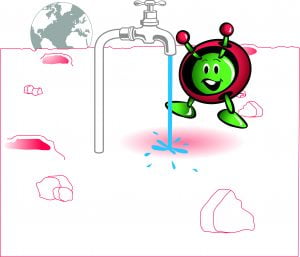
Water on the Moon – Filtering lunar ice cores to extract water
Brief description: In this resource, pupils will spend a day recording approximately how much water they use for different activities. This is followed by an



